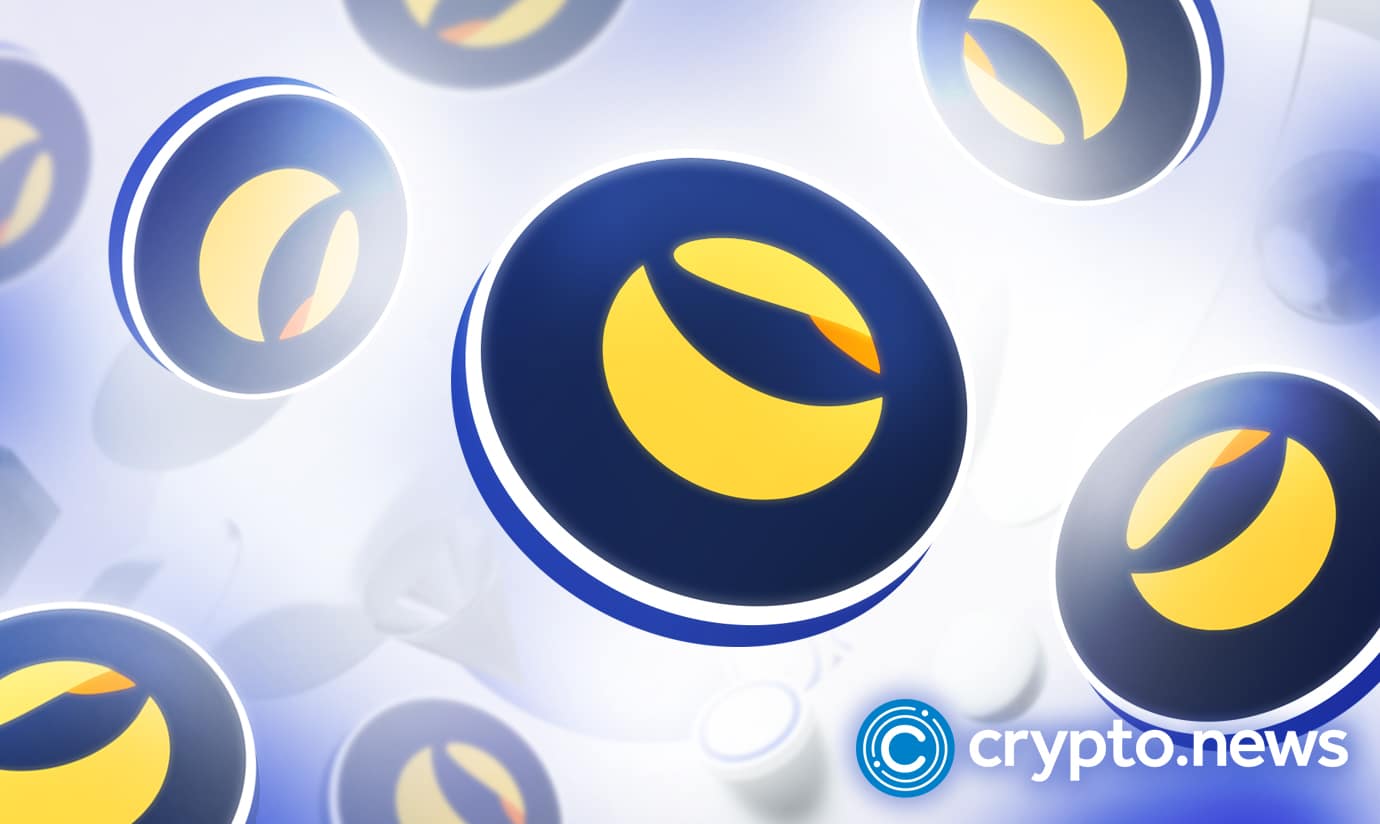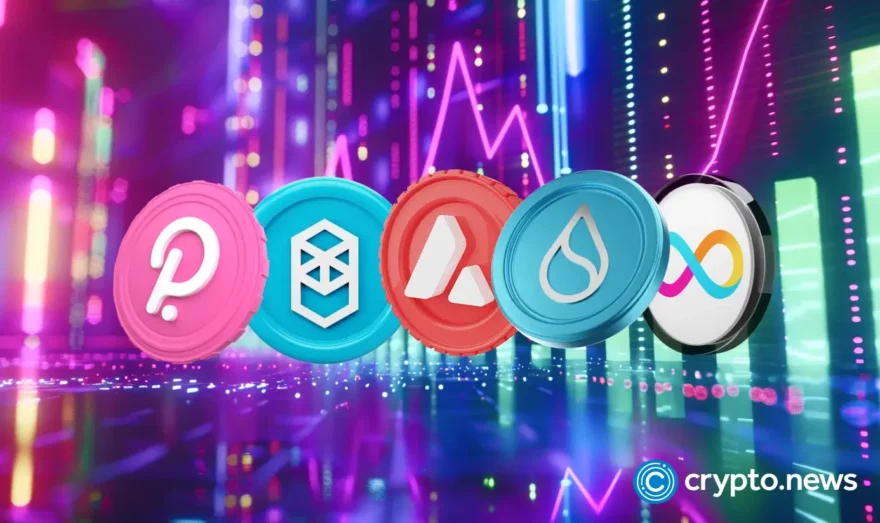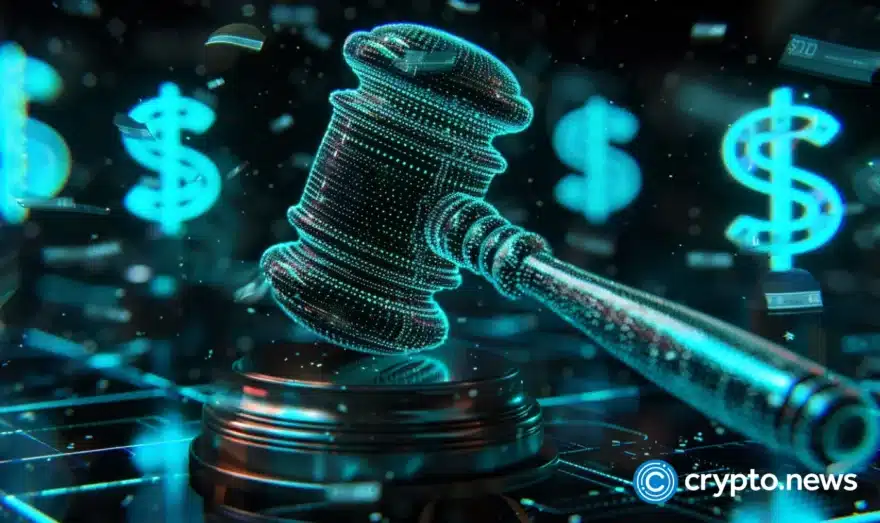The Dismay of the UST Stablecoin Tenure; An Unexpected Fall

In a very harrowing turn of events for Terra, the blockchain ecosystem has opted to indefinitely halt the trade on its UST and LUNA tokens. The second halt in 24 hours came at a very ominous date, Friday the 13th. It was done in a bid to halt attacks on both tokens after their prices plummeted to just around zero.
The halt has followed 4 days of constant battering for the blockchain, which was at some point a DeFi must-have for many. The UST “stablecoin’s” price is at $0.18, after hitting a low of $0.04. LUNA did no better with its price being $0.008. That marks a 99.9% plummet in investors’ assets, something that’s driving suicidal thoughts in a number of them.
Chart from TradingView
A Brief on Terra
The Terra blockchain-based ecosystem has an algorithmic stablecoin for global use which is the UST and the native LUNA token. LUNA’s role is to stabilize UST.
UST has been the 3rd largest coin by market cap for quite a while, but it is different from most other stablecoins. Its value is determined algorithmically rather than by having a reserve asset deposit of equal value.
To stabilize the UST token, Terra uses tokenomics by burning LUNA tokens as a means to curb inflation and maintain value. UST uses the dApp Anchor Protocol as its high yield interest account. The founder, Do Kwon, has been leading in having one of the largest Bitcoin stockpiles for further UST price stabilization.
How the Ust Crash Came to Be
So how did it come to this? Going to the beginning and understanding the stablecoin’s preferred Anchor lending protocol will paint a clearer picture.
Anchor has been issuing a mouth-watering 20% annual yield to deposition of UST on its blockchain. It is this sweet deal that saw UST become too reliant on Anchor. Just before the Saturday crash, around 75% of all UST in circulation was held in Anchor. In figures, that’s a whopping $14 billion worth of the token out of a total supply of $18 billion.
The collapse was so pronounced that it caused huge doldrums for the wider crypto community. “UST’s collapse undercuts confidence in all liquidity protocols,” commented Mr Aaron Brown, a writer for Bloomberg Opinion and crypto investor.
All Eggs in One Sweet Basket
No matter how seemingly crucial a partner is, putting one’s eggs in one basket has never been a sound idea. Yet that’s what happened for the stablecoin because the yield was just too sweet. No self-loving investor in UST wanted to miss out on it. It seemingly seemed to be the sole drive for investing in the stablecoin, which was pegged at 1:1 with the US dollar.
Propped up Yields
Questions have been asked concerning Anchor’s relationship with the stablecoin. Was it a case of wasteful marketing aimed at onboarding unloyal capital, or was it an ingenious way to raise liquidity for a nascent UST?
The more sinister view has been that the Terraform Labs (TFL) with the backing of big money spenders created a bubble of propped yields. The unsustainable 20% annual payout draws similar parallels to various economic bubbles, with the coffers of TFL and its backers drying.
The Basket Falls, Eggs Crack
Come Saturday, trouble started brewing on the horizon when deposits started dropping. That was the prick that burst the bubble. As the week began, a sharp drop in UST deposits occurred, even though Anchor hadn’t dropped yields by much.
The atmosphere was, unfortunately, going to be direr. The panic sales on Anchor rapidly leaked onto the open market, creating selling pressure for the entire blockchain ecosystem. Worse news was to come when the price of LUNA flipped that of UST for the first time.
The Meaning of the Price Flip
To begin with, UST’s algorithmic stablecoin pricing is highly dependent on value parity with LUNA. 1$ worth of UST must always be equal to 1$ worth of LUNA, sustained via on-chain mints and burns. It translates to 1$ of UST being used to mint 1$ of LUNA, a good float price system that absorbs sticks of UST volatility.
But with the price of UST and LUNA not being at parity, It meant that in the event of a total bank run, UST holders couldn’t effectively cash out in LUNA. The selling pressure went ballistic as a result.
Stabilization Attempts
The first stabilization effort came in the form of a $2 billion worth of BTC reserves deployment by the Luna Foundation Guard (LFG). The LFG is UST’s official peg defender.
When this fell short, LFG loaned billions of dollars worth of reserve assets to professional market makers. LFG’s wallets were emptied as a result. The peg defender was left struggling to replenish its coffers while market makers try to defend UST’s peg on request via liquidity pools and exchanges.
Though a slight price recovery on Tuesday occurred, very high price volatility, empty reserves and drained investor confidence took over. The nail to the coffin came in the form of a trading suspension of both LUNA and UST on Binance and on Coinbase. FTX also announced a suspension of LUNA trading.
Recovery Plans on the Way
Do Kwon has worked tirelessly during the week to try and stage a recovery. He has also reaffirmed his commitment to ensuring Terra bounces back.
“I understand the last 72 hours have been extremely tough on all of you,” he said in a tweet on the 11th of May. “Know that I am resolved to work with every one of you to weather this crisis, and we will build our way out of this”.
Among the things he talked about was Terra’s top-level vibrancy, among the highest in the crypto world. He promised a great bounce-back backed by the hundreds of teams building category refining.
While the fine-tuned details on the recovery aren’t yet to be finalized, Do Kwon’s deep investments in the blockchain make it very likely.
Possible Terra Community Focused Bounce Back
There is a mention of creating some 1 billion tokens to be distributed to the Terra community. “The Terra community must reconstitute the chain to preserve the community and the developer ecosystem,” Kwon wrote in a post on a forum discussion on Terra.
While such a response is a factory for galloping inflation and the potential for a total collapse in Terra’s assets, it has a well-meaning agenda. It may yet act as an incentive for the Terra community to stay put a little longer and rebuild the blockchain ecosystem.
“While UST has been the central narrative of Terra’s growth story over the last year, the Terra ecosystem and its community is what is worth preserving,” Kwon reaffirmed in the post. The split in assets is as follows; 40% goes to LUNA hodlers before the UST de-pegging while 40% to UST holders at the time of upgrade. 10% will go to holders before the halt of the Terra chain while 10% is earmarked for a community pool fund for future developments.
Will UST’s Troubles End?
The troubles facing UST and the Terra blockchain are very unsettling. In a week, its market cap has plummeted from $40 billion to just $0.5 billion. Unfortunately, that is investors’ assets have gone down the drain, very unfortunate.
Stablecoins without full backing are becoming very unlikely investment targets to investors. The crypto world at large is also becoming a no go zone with a market-wide bearish market.
On the other side of things, cryptos enjoyed a massive bull run at the height of covid 19, when almost everything else suffered dearly. Whether the current situation is a readjustment or the start of huge problems, only time will tell.














